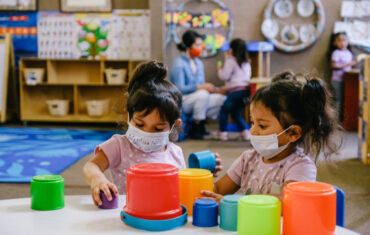Coronavirus lockdowns lift across the United States and worldwide, company leaders are considering the monumental challenge of how to restart and using PPE. As a result, they can run their businesses while ensuring the safety and well-being of their employees and customers.
Limiting direct and indirect person-to-person contact
Efforts to limit interpersonal contact have involved redefining where work can happen. Beside, they minimize opportunities for interaction without PPE, and making physical changes to work space. Most commonly, companies have limited larger gatherings or switched meetings to videoconferences. Then, they have restricted the entry of non employees to work sites, and reduced the number of employees on-site.
Identifying and isolating potentially infectious people
Respondents’ companies are focusing on a range of measures to try to identify and isolate employees who present COVID-19 symptoms or have tested positive, based on CDC guidelines. Of the measures these companies use or plan to use, checking employee temperatures is the most common. Then, make sure they use PPE such as face masks when working.
Increasing hygiene protocols
Moreover, hygiene measures that companies could implement to decrease the risk of COVID-19. This includes new or modified practices for cleaning and disinfection, changes to encourage personal hygiene.
Using personal protective equipment
Promoting the use of PPE has involved supplying employees with this equipment. PPE includes face masks, gloves, eye protection, and gowns or coveralls. They also have implemented rules that require its use, and providing training on proper use. Use of face masks is the most commonly intervention.
The measures that reinforce new behaviors and protocols
The interventions above represent significant and even disruptive changes to day-to-day life at work for many US businesses. Many companies are implementing a range of changes to practices, policies. Also, the physical work environment to facilitate a safe return to the workplace. As we can see, many companies are actively planning, or have already implemented, many different measures to help keep their employees safe. They are making changes across the four types of interventions. These include limiting person-to-person contact, identifying and isolating potentially infectious people, increasing hygiene protocols, and using PPE.
Going forward, continued evaluation of the changing public-health and epidemiological situation will likely be a key consideration for companies in assessing their approach to workplace safety. Then, consumers are likely to seek assurances that they will be safe when visiting a company’s locations or using that company’s products or services. While opinions differ on the best timing and pace for returning on-site, considerations regarding how to establish a safe work environment can help minimize further transmission of COVID-19 and support economic recovery.






